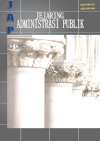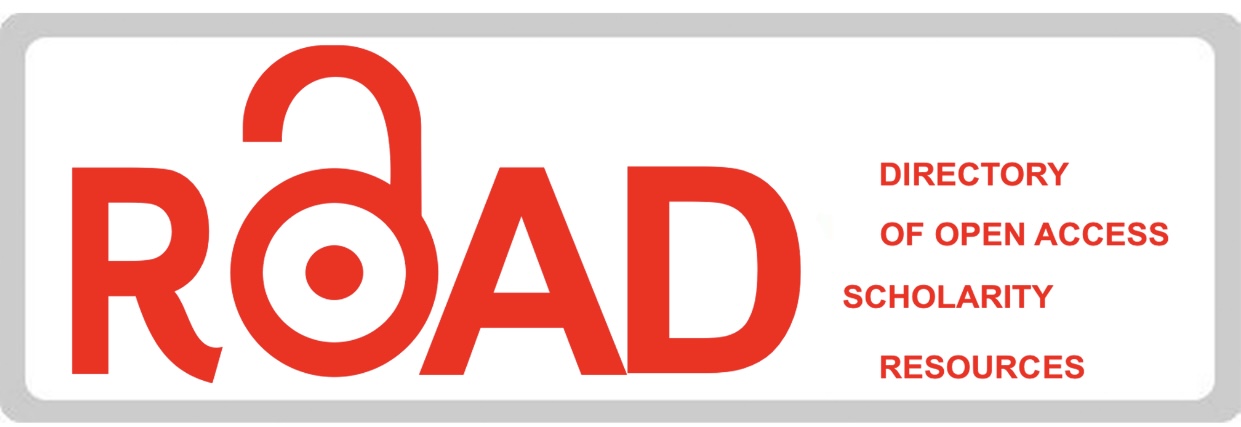Pendekatan Studi Kritis dan Relevansinya Terhadap Kebijakan Publik
Downloads
Public policymaking is a lengthy process influenced by various factors before reaching
the implementation stage. Meanwhile, critical theory studies aim to encourage changes in the social order based on democratic, emancipatory, and humanitarian impulses. In line with this encouragement, the concepts of critical theory from the Frankfurt School, such as alienation, reification, and emancipation, can be used to explain social phenomena that arise during policy implementation. Taking the example of Law No. 6 of 2014 about Village Governance, the author will dissect the problems that arise as policy implementation progresses. Based on existing findings, obstacles in the process of making and implementing policies often arise as a consequence of policies that reduce village residents to objects rather than subjects. By examining these problems in villages, it is hoped that this analysis can provide valuable input and consideration for policymakers, especially in the discourse on revising village laws.
Keywords: Critical Theory, Alienation, Reification, Emancipation, Public Policymaking, Village Law
Anderson, James E. (2003). Public Policymaking An Introduction. London. Houghton Mifflin Harcourt.
Baudrillard, Jean. (1998). The consumer society: myths and structures. London. Sage Publications Ltd.
Braun, V., & Clarke, V. (2006). Using thematic analysis in psychology. Qualitative Research in Psychology, 3(2), 77-101.
Celikates, Robin and Flynn (Winter 2023 Edition). Critical Theory (Frankfurt School). The Stanford Encyclopedia of Philosophy Edward N. Zalta & Uri Nodelman (eds.), URL = <https://plato.stanford.edu/archives/win2023/entries/critical-theory/>.
Djiko, Richardo dan Remelia Dalensang. (2021). Partisipasi Masyarakat Dalam Pemanfaatan Dana Desa di Desa Pitu. Jurnal Pembangunan Pemberdayaan Pemerintahan, 6(1), 1-15
Fraser, N. (2003). Redistribution or Recognition? A Philosophical Exchange. Verso.
Fultner, Barbara. (2014). Jurgen Habermas: Key Concepts. New York. Routledge.
Habermas, J. (1984). The Theory of Communicative Action. Boston: Beacon Press.
Held, D. (1980). Introduction to Critical Theory: Horkheimer to Habermas. University of California Press.
Horkheimer, M. (1982). Critical Theory: Selected Essays. Continuum.
Horkheimer, Max. (1937). "Traditional and Critical Theory” dalam Matthew J. O'Connell.1972. (terjemahan). Critical Theory: Selected Essays, New York: Continuum.
Jaeggi, Rahel, dkk. (2014). Alienation. New York. Columbia University Press.
Kellner, Douglas. 1984. Herbert Marcuse and the crisis of Marxism. Hampshire/London: MacMillan
Lestari, Tri Rini Puji. (2023). Stunting di Indonesia: Akar Masalah dan Solusinya. Info Singkat Kajian Singkat Terhadap Isu Aktual dan Strategis, XV(14), 21-25.
Lukács, Georg. (1923). History and Class Consciousness. Studies in Marxist Dialectics. Cambridge, MA: The MIT Press
Marcuse, H. (1964). One-Dimensional Man: Studies in the Ideology of Advanced Industrial Society. Beacon Press.
Sadya, Sarnita. (2023). ICW: Korupsi Paling Banyak Terjadi di Desa pada 2022. Laman daring, diakses di: https://dataindonesia.id/ekonomi/detail/icw-korupsi-paling-banyak-terjadi-di-desa-pada-2022 pada 31 Desember 2023.
Sagan, Carl. (1994). Pale Blue Dot: A Vision of the Human Future in Space. United States: Random House USA.
Theodor W. Adorno. (1973). Negative Dialectics. diterjemahkan oleh E.B Ashton. London. Taylor & Francis E-Library.
Thompson, M. J. (2017). Introduction: What is critical theory? The Palgrave handbook of critical theory, 1-14.
Yin, R. K. (2017). Case Study Research and Applications: Design and Methods. Sage Publications.
Copyright (c) 2024 Robertha Astri Karunia Dewi Rizkwanti, Andrean Caspari

This work is licensed under a Creative Commons Attribution-ShareAlike 4.0 International License.
All articles submitted by the author and published in the Jejaring Administrasi Publik are fully copyrighted to their authors under the Creative Commons Attribution-ShareAlike 4.0 International License. The formal legal aspect of journal publication accessibility refers to the Creative Commons Attribution-ShareAlike (CC BY-SA).
















